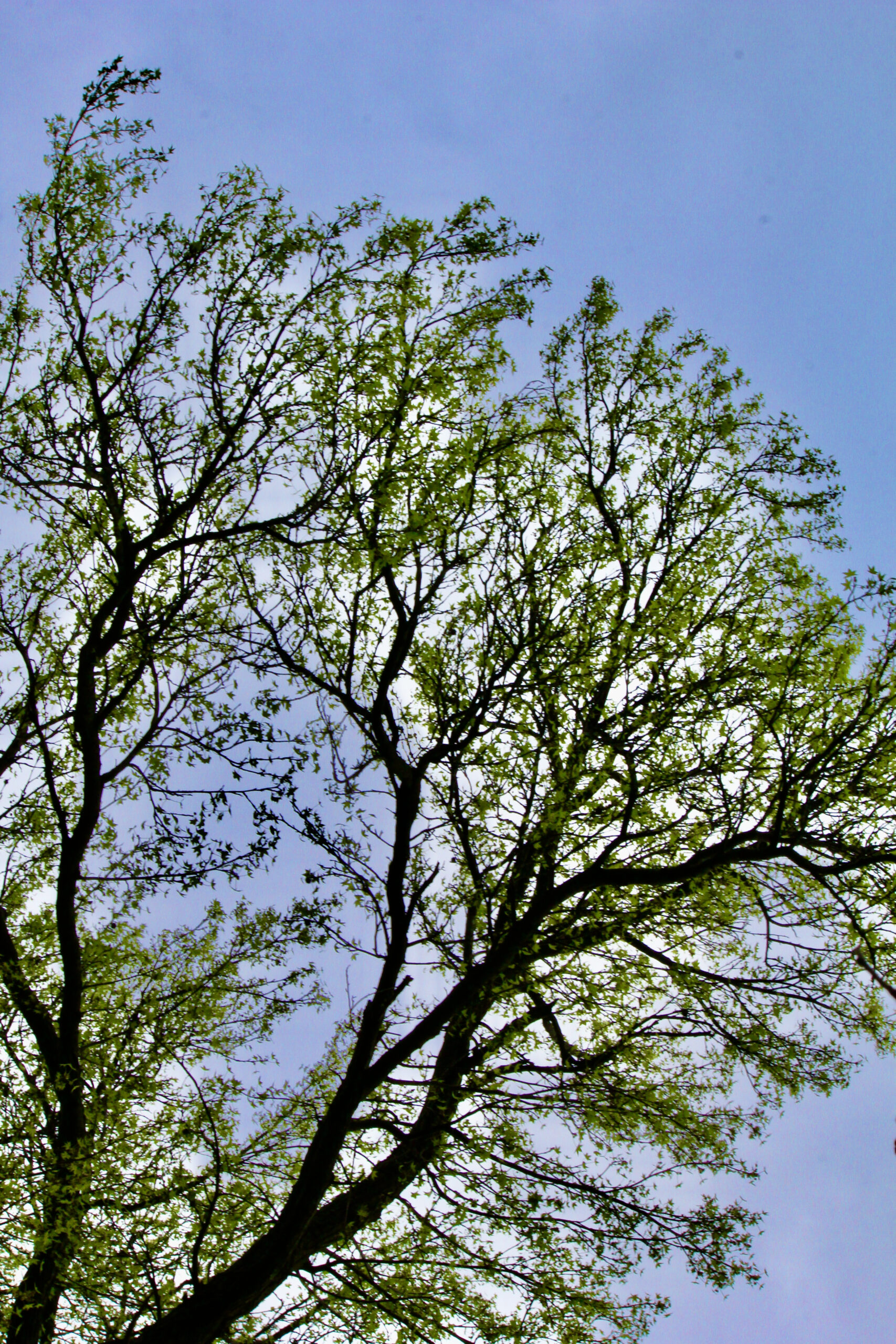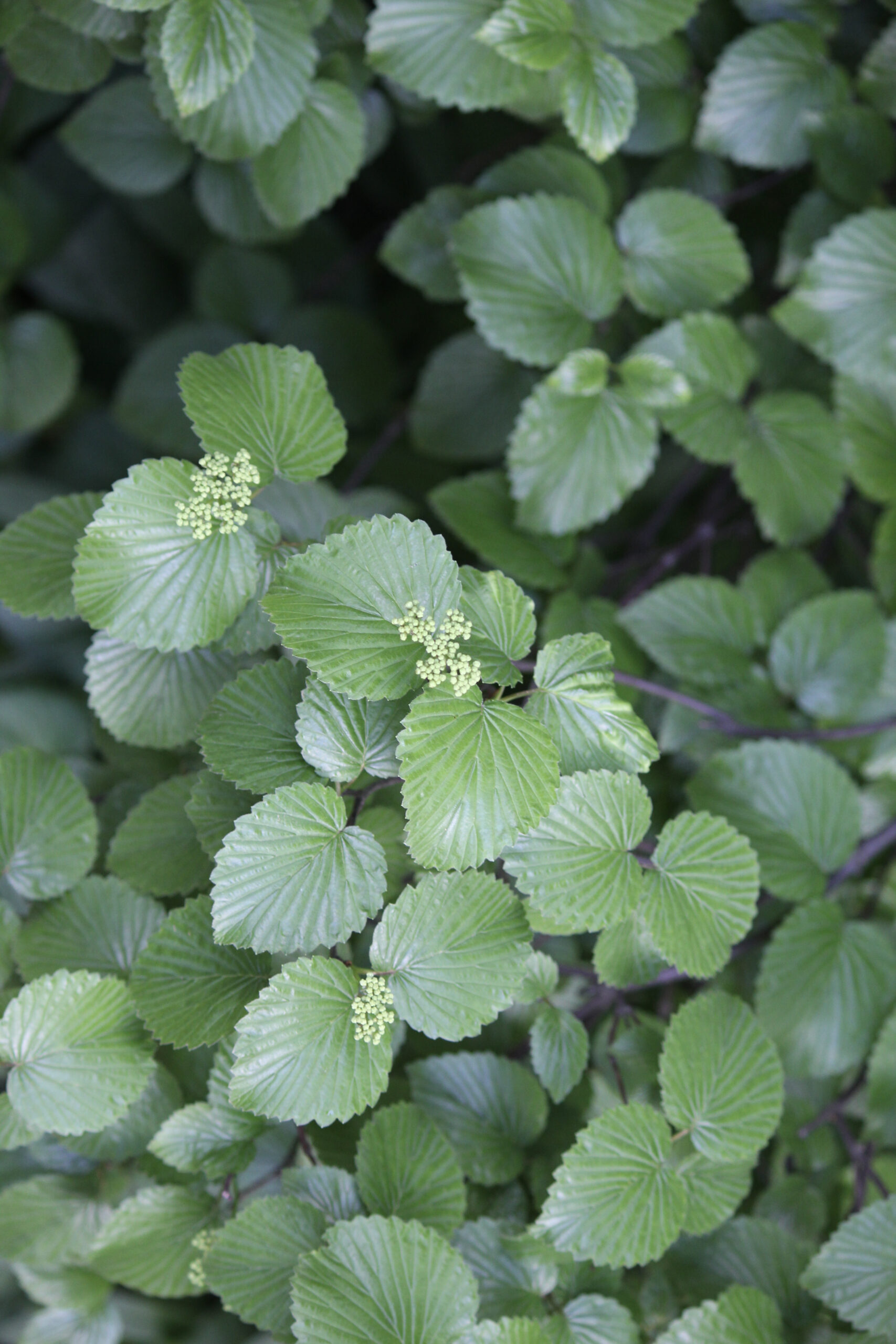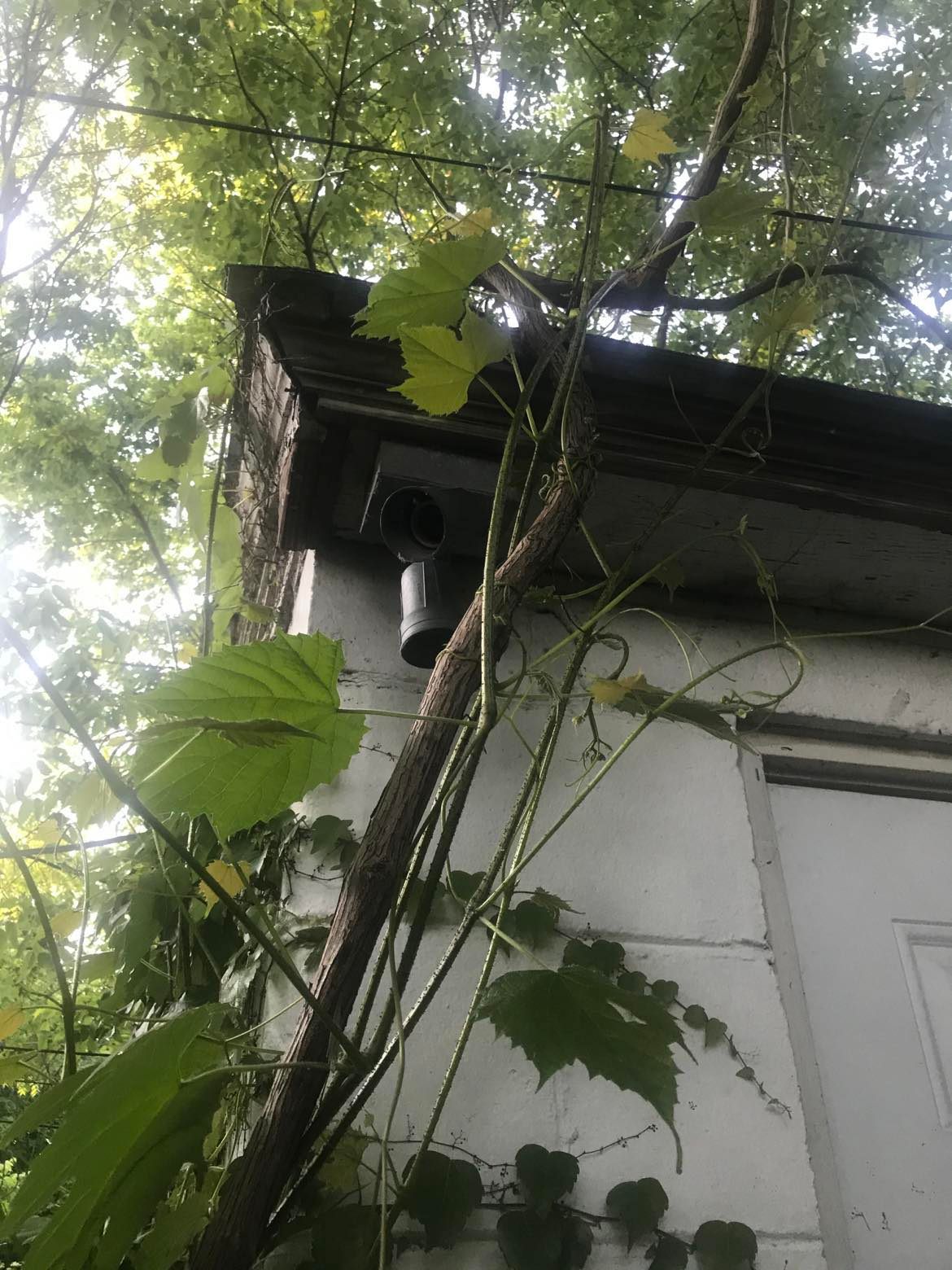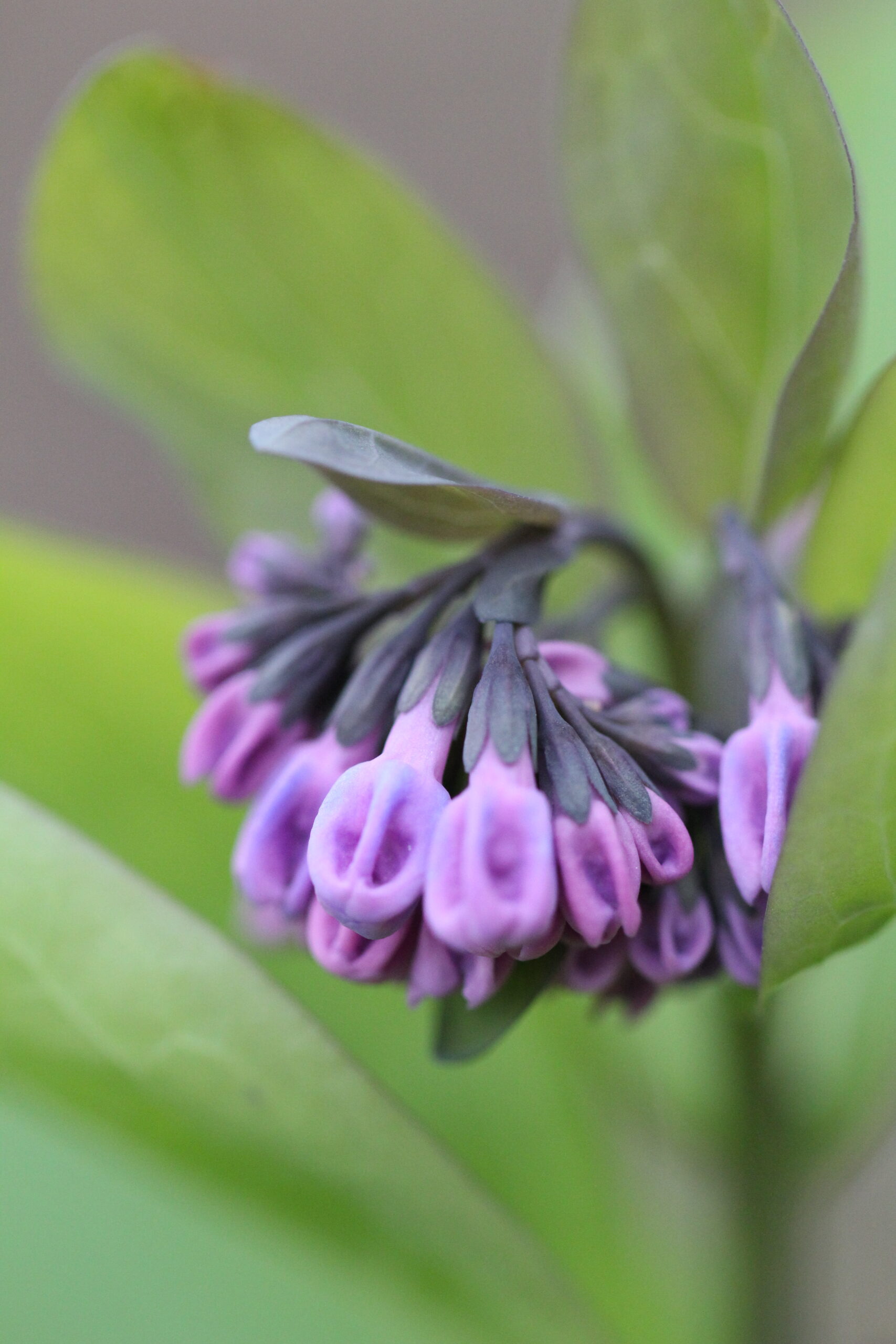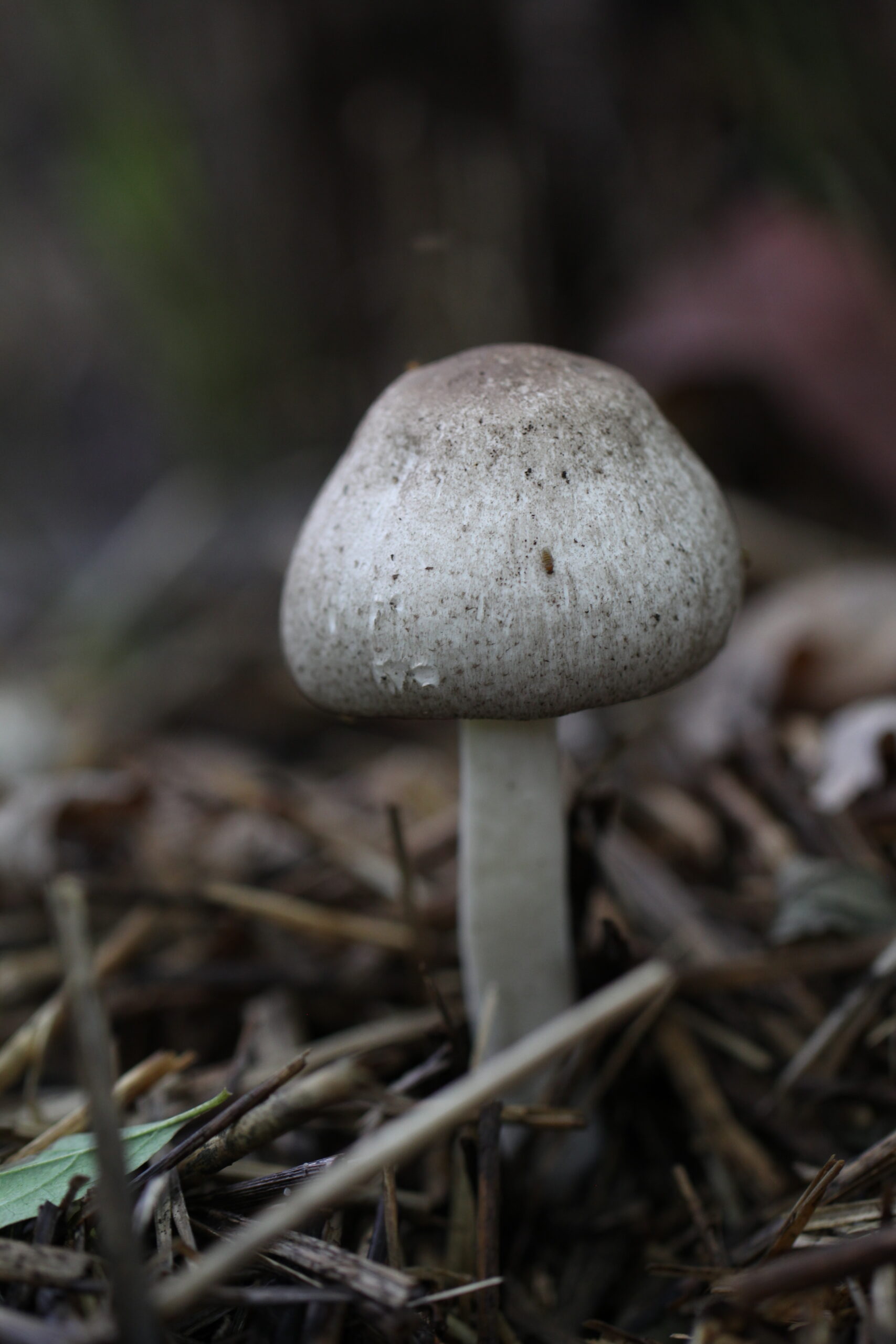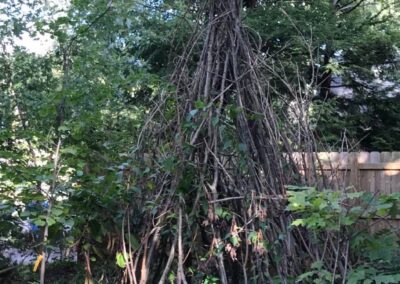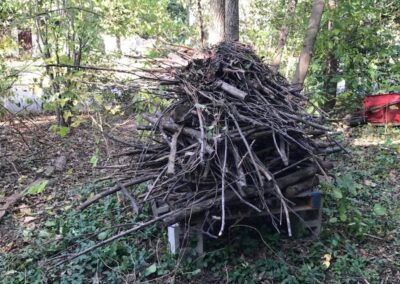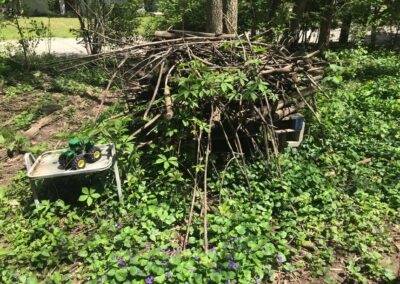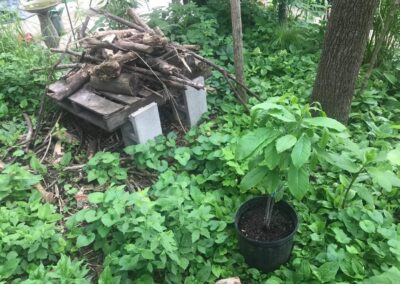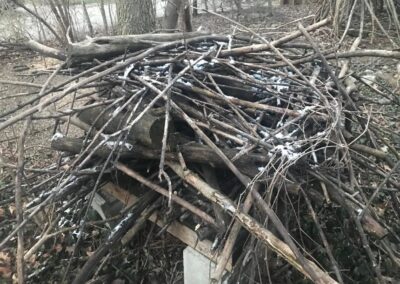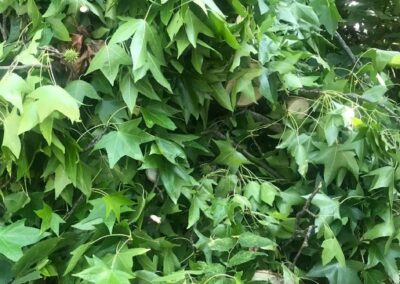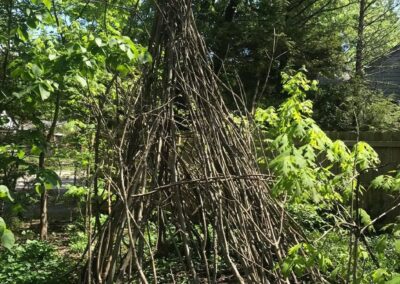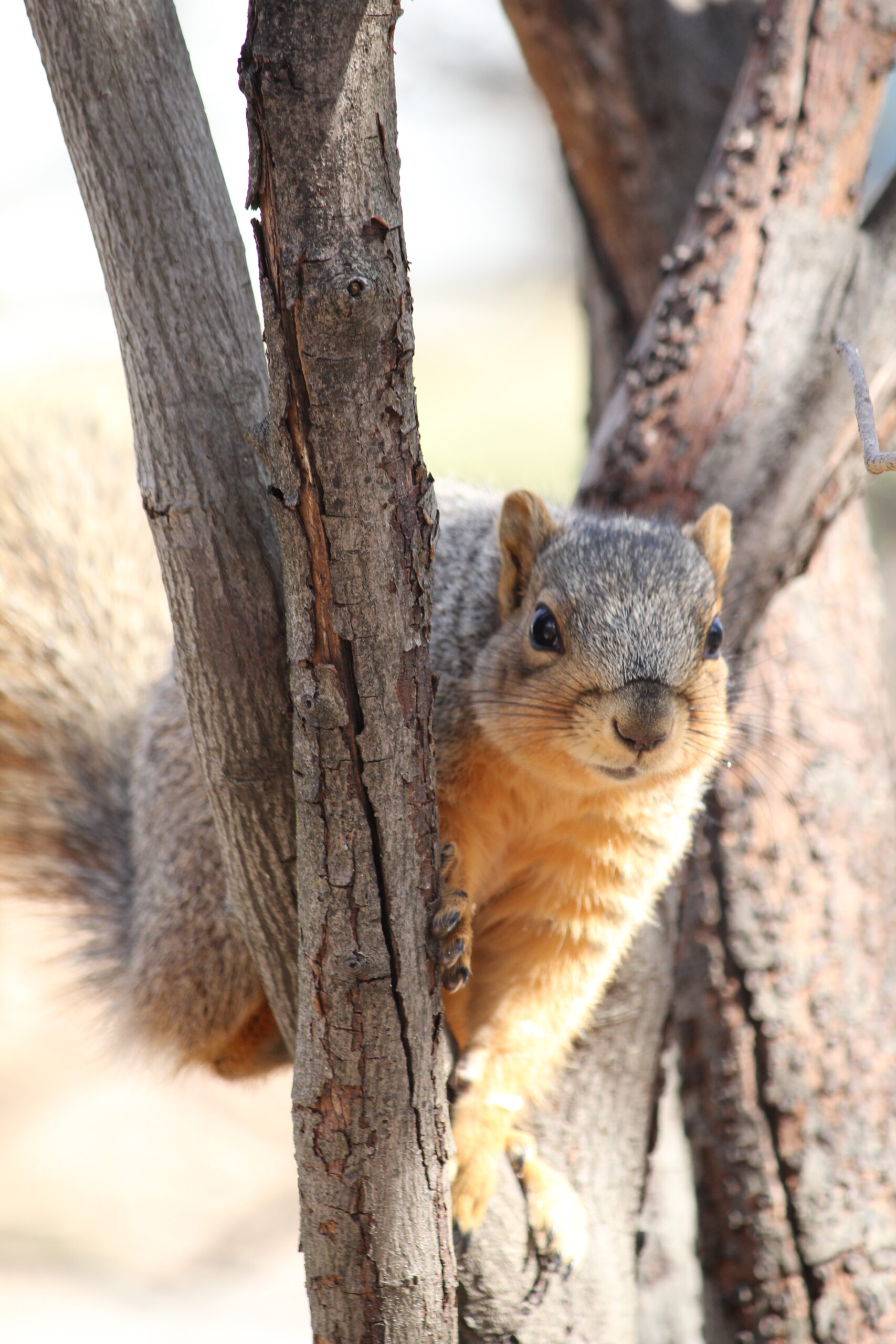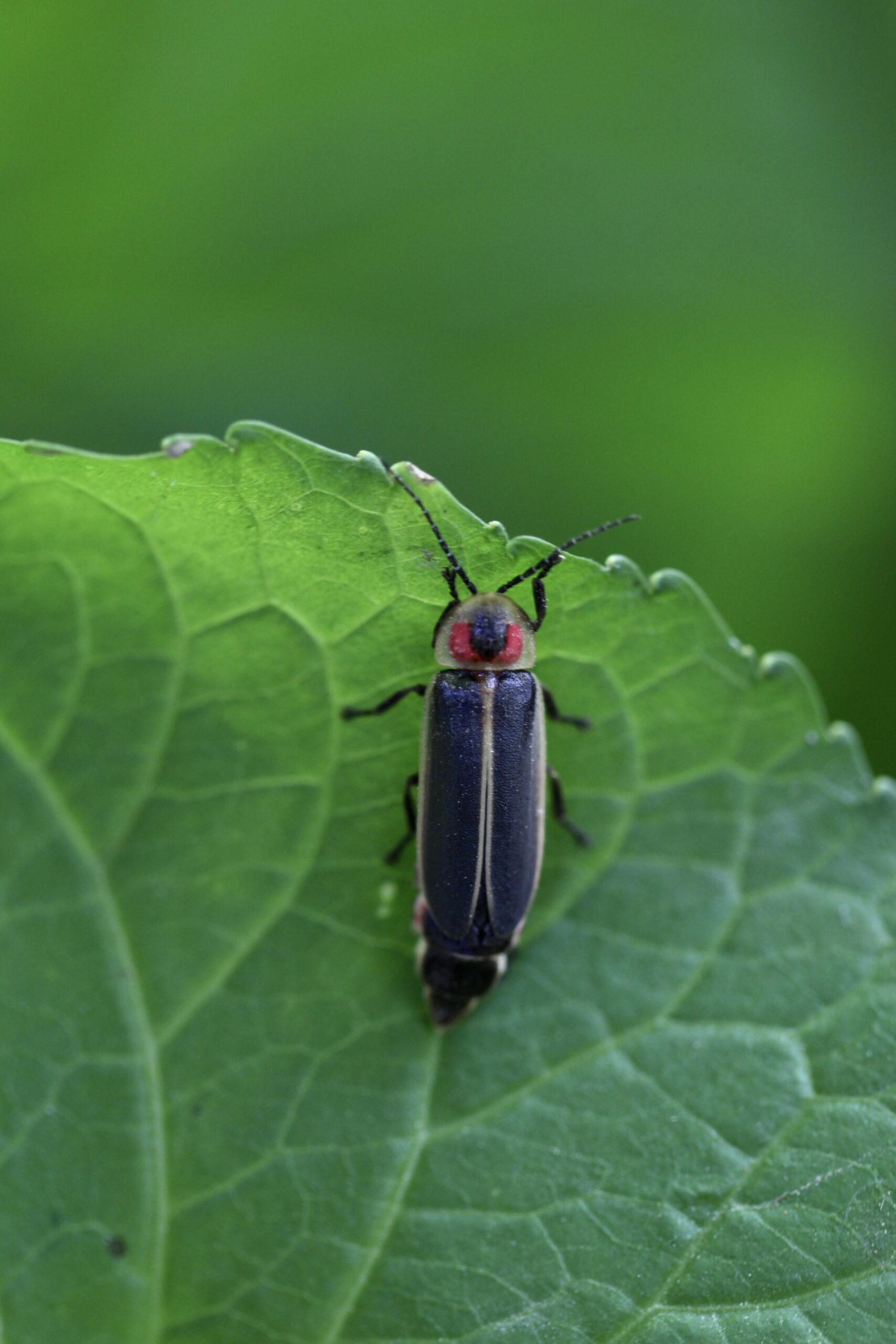WILDERGARDEN ECOSYSTEM
Get to know the habitat and denizens of Wildergarden
Take a Look Around
You can get to know everything wild living at Wildergarden both online and in person!
Trails
We have a few single file trails that permit Wildergarden visitors to see the features of our land, trees and plants up close. Some of our birds allow themselves to be viewed. Others are shy. Our fox squirrels are friendly and approachable. The grey squirrels can be seen at a distance, and our red squirrels scurry above in the trees and on power lines. Our chipmunk population can be found on the ground and in, on, and around our woodpiles, and are usually visible during warm months, after coming out of winter hibernation. Rabbits may be visible at dusk and after dark. Opossums and raccoons can be seen at night on our outdoor motion-activated cameras.
Galleries
If you aren’t able to visit us in person, you can always check out the photos and videos in the Gallery!
Ecosystem
Get to know all the living organisms at Wildergarden by clicking through the image links below.
Google Street View
We have selected some images to provide a context for Wildergarden. Check them out in our Gallery!
WILDERGARDEN HABITAT
Habitat consists of the living organisms and non-living natural materials in an ecosystem. Wildlife uses these features to create a home, and find food and water. When you are making decisions about your reforesting your land, you will want to make your yard as inviting as possible to wildlife, so make it a point to ensure that all these needs are met.
Flora
Wood/Brush Piles
How and why to create a wood/brush pile
- Keep all branches and stumps if you need to cut down or trim a tree or bush. This is a basic organic precept. Raise them up 18 inches on a wooden platform such as a palette. (Where we live this is required by the Marion County Health Department.) It gives wildlife a woody thicket in their habitat. By raising it up, you deter unwanted animals from burrowing underneath it.
- A woodpile decomposes slowly. After the wood softens from rain, wind and wildlife activity, you can manually break it into smaller pieces. Eventually, you move it onto the ground to add decomposing organic matter to the soil.
- In the future, yards will have a wood and brush pile system for wildlife. Wood has a natural signal that draws wildlife. Woodpiles that are deliberately maintained for sustainability have a beautiful aesthetic presence. Get in the habit of keeping this valuable carbon material on your property.
Aesthetics and Benefits:
- Many people have a woodpile on their property, but only out of neglect. They either hide the pile out of public view or they have it hauled away. A change is needed in public and individual attitudes towards decaying logs, branches and woody items. A fallen tree and its logs and branches add biological diversity to the garden. Insects and birds break down the wood structure, and facilitate its return to the soil. Earthworms devour wood as well. This decomposition process is how our Miami soil was created and got its humus content.
- Tree logs make good borders and temporary structures such as benches, as well.
- An elevated brush pile can be managed to look neat and tidy for neighbors and still look wild from the perspective of your wildlife companions. Some woody vines may drape themselves on your woodpile as a trellis which provides seasonal improvement to habitat. .
- Keeping woody debris also reduces air pollution. According to the U.S. Environmental Protection Agency (EPA) website, when yard waste debris, a solid waste, is sent to our Indianapolis landfill, it contributes to the formation of methane and carbon dioxide gasses linked to climate change. The EPA estimates that 13.5 percent of municipal waste is yard trimmings and recommends composting. At Wildergarden our goal is to gradually decompose wood back into the ground where the plants grew, supporting local ecology and soil health.
Teepee woodpile
Teepee is drying stems of several failed Hazelnut trees we suspect died from herbicide drift. The wood will be chopped into small pieces and spread on the garden soil.
Raised Woodpile
Elevated brush pile is storing various species’ branches. The wood will be chopped into small pieces and spread on the garden soil.
Sweet Gum tree trim debris placed on elevated brush pile palette. Our neighbors have learned to accept our brush piles as part of our habitat.
The Rhizosphere
Impact of Wildlife
Alterations that May Occur To Your Property When You Grow Habitat
When you have birds, insects and other wildlife close by they will alter your property in certain ways. The joy and ecological benefits they bring—such as planting trees, singing and maintaining soil—greatly outweigh the minor infractions from a human viewpoint. We are motivated by kindness and compassion towards all God’s creatures. Human activity has destroyed much habitat, and greatly reduced the quality of remaining forest habitat. Our mission is to make reasonable amends through restoration.
After 33 years of experience we’ve shown that the nature restoration process works and is well worth the journey. So, are you ready to yield to Nature in your yard?
Changes Requiring Repair
- A squirrel or raccoon may tear a screen on a screened-in porch if bird seed or nuts are stored there.
- Mice may eat a semi-circular hole (like depicted in a cartoon) in the bottom of an old wooden door on a garage or shed if there is birdseed stored inside. On a gravel driveway they may tunnel underneath a door. Use metal doors and a few inches of submerged concrete underneath doors.
- A chipmunk or squirrel may (rarely) chew a hole in house roof to gain access to the attic.
- A red squirrel may chew a roof hole to gain access to a garage. They seem to like a building for shelter. I leave my garage windows open for them.
Natural and Expected Changes
These are completely normal, sometimes temporary conditions! Some of them may require your patience and understanding as you adjust to your new relationship with nature in your living space:
- Squirrels may eat small sections of young tree bark. It usually doesn’t hurt the tree, but leaves a scar.
- Birds may nest on your porch or inside a window shutter, or next to an outdoor light fixture. This gives you more opportunity to see baby birds.
- Chipmunks will dig small holes in soil or underneath a rock for access to their underground tunnel home. If you want them to move, place an obstruction over the hole, and let them dig elsewhere in the garden.
- A mother raccoon may go down your chimney and stay temporarily with her babies (kits) in your fireplace. They will leave on their own after a short time period. People may use a chimney cap to block entry.
- Ground-dwelling ants or bees may build small granular elevated areas over their nesting place in the soil.
- Wild native bees may form temporary nests in brush piles, especially those with spruce or pine branches.
- Squirrels will collect and store nuts, sometimes in piles.
- Squirrels will dig up young seedlings to eat the seed that the tree germinated from! At Wildergarden, we have noticed this with oaks (acorns).
- Raccoons may eat the mosquito-control fish in your rain barrel or trough. (Keep a screen over the top.)
- Rabbits and others may leave noticeable poop pellets on the ground near feeding areas. Usually this is only noticeable in the winter when the ground freezes. Otherwise it decomposes quickly as a fertilizer and is rarely noticed.
- A predatory bird, such as a hawk, may carry off one of your chipmunks.
- If you have partially open storm windows, a bird may become trapped inside—especially if it is seeking insects that might be congregating. Spider webs holding insects in such places draw birds.
- If you leave a window open, a bird may fly into your house.
- If you have a large picture window, a bird may fly into it.
- Birds will eat the berries on your trees and bushes (which is presumably why you grow them!) If you want to harvest some, plan your timing accordingly.
- Almost any untreated wood you place on the ground will be eaten by earthworms as it decomposes, which recycles and nourishes your soil.
- Certain beneficial insects, such as pill bugs and centipedes, will congregate underneath heavy rocks and boards on the ground.
- Insects may eat small portions of your plant leaves, but usually this will not damage the plant—especially in a diverse habitat where plants of the same species are scattered around different locations in the garden.

